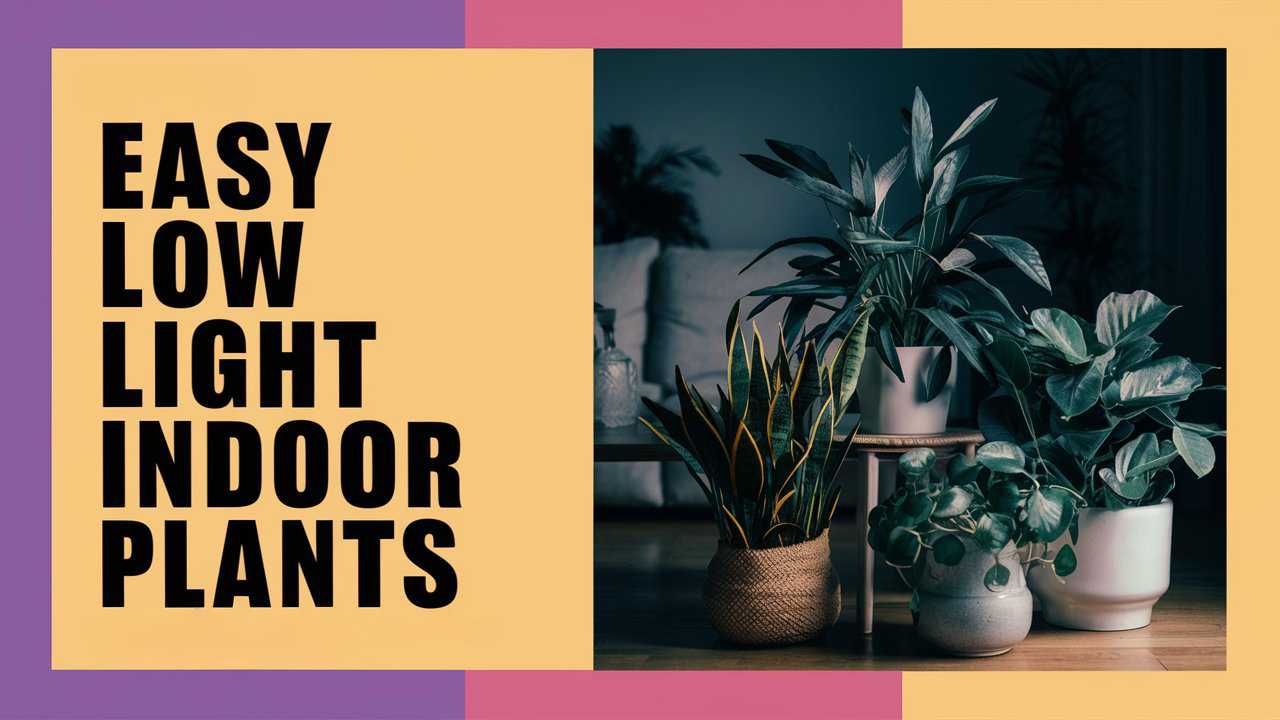While many plants thrive in bright, direct sunlight, there are plenty of beautiful and easy-to-care-for options that do well in low light conditions. This post highlights 20 low light indoor plants that are perfect for those with less-than-sunny spaces.
Snake Plant (Sansevieria trifasciata)
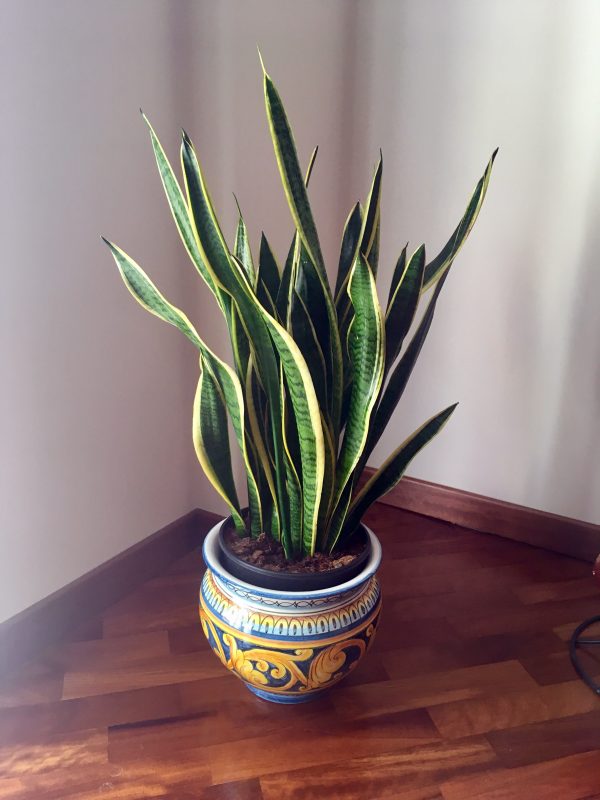
The Snake Plant, also known as Mother-in-Law’s Tongue, is renowned for its hardiness and striking appearance. Its tall, sword-like leaves can vary in color from deep green to variegated shades of silver and yellow. This plant is not just a visual treat; it thrives in low light and requires minimal water, making it ideal for beginners or those with busy lifestyles.
ZZ Plant (Zamioculcas zamiifolia)
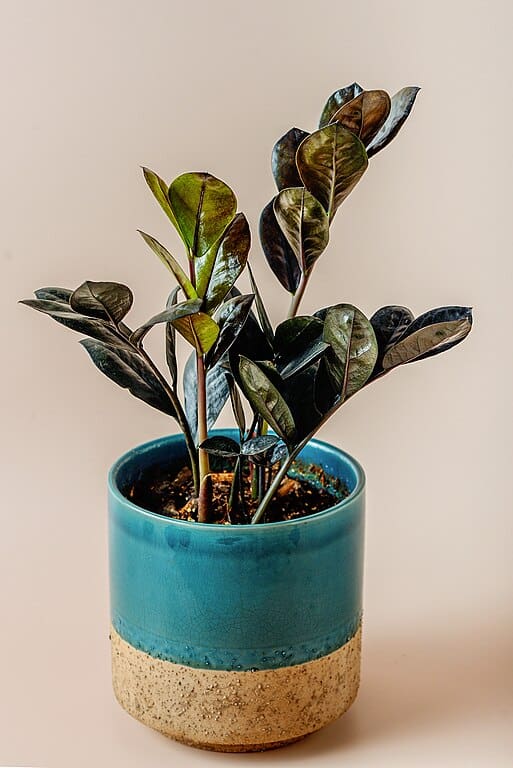
ZZ plants are a popular choice for indoor gardening enthusiasts. Their glossy, dark green leaves and unique growth habit add a touch of elegance to any space. ZZ plants are incredibly tolerant of neglect, requiring little water and thriving in low light conditions. They are also known for their air-purifying qualities, making them a health-conscious addition to your home.
Pothos (Epipremnum aureum)
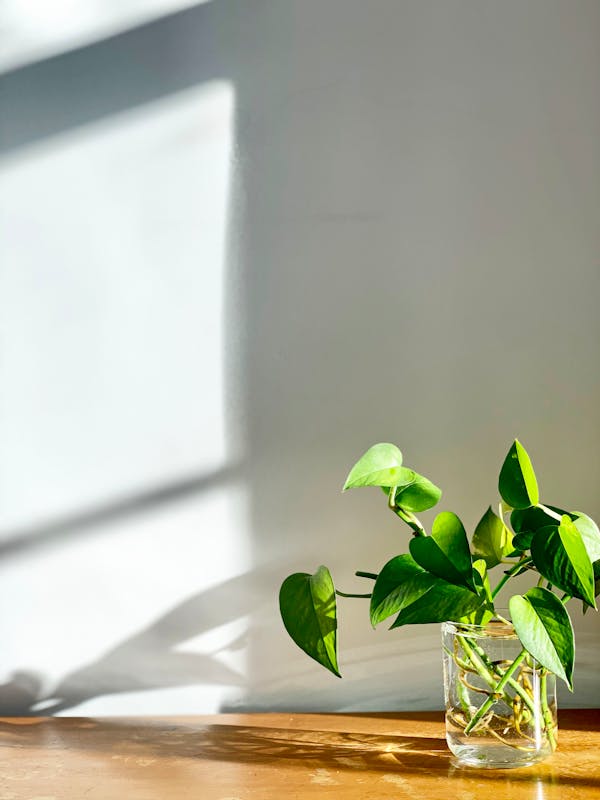
Pothos, or Devil’s Ivy, is one of the most forgiving houseplants available. Its heart-shaped leaves cascade beautifully in trailing vines, available in various shades from solid green to golden variegation. Pothos can thrive in low-light conditions and only needs watering when the soil feels dry to the touch. This resilience makes it perfect for any indoor setting, whether it’s a cozy corner or hanging from a high shelf.
Peace Lily (Spathiphyllum)
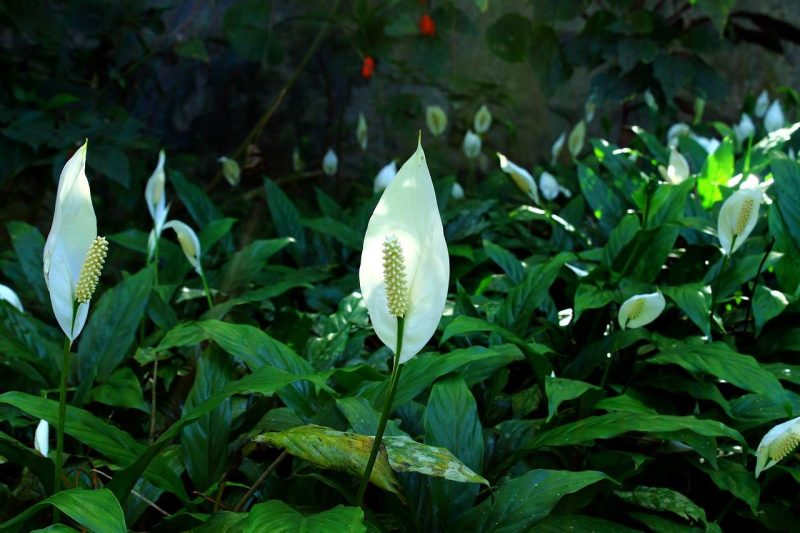
The Peace Lily is prized for its stunning white flowers and elegant, dark green leaves. It thrives in low light but will appreciate a brighter spot if you want more blooms. This plant is also a natural air purifier, making it a functional and aesthetic choice for any indoor space. Peace Lilies require moderate watering, only needing it when the top inch of the soil feels dry.
Cast Iron Plant (Aspidistra elatior)
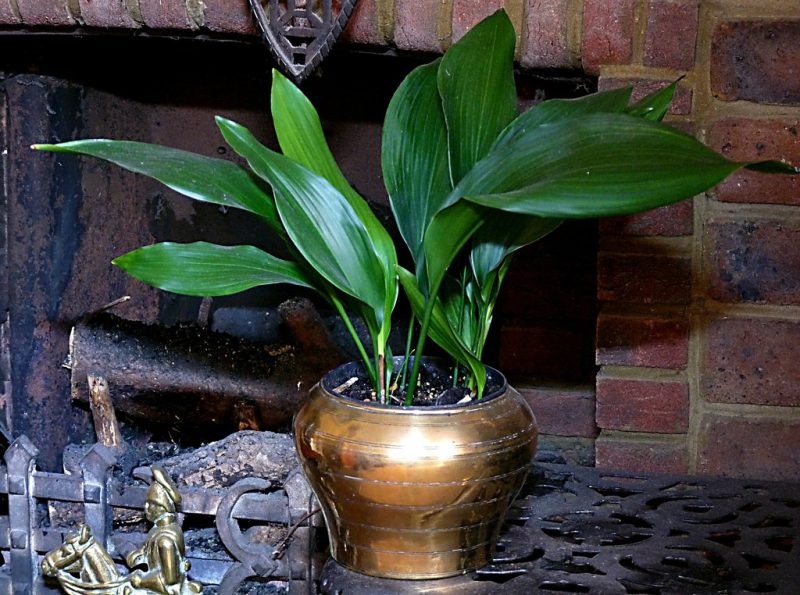
True to its name, the Cast Iron Plant is nearly indestructible. This plant boasts long, arching leaves that can endure a wide range of neglect, including low light and infrequent watering. The Cast Iron Plant is perfect for those who may forget to tend to their plants regularly, as it can maintain its beauty with minimal care.
Spider Plant (Chlorophytum comosum)
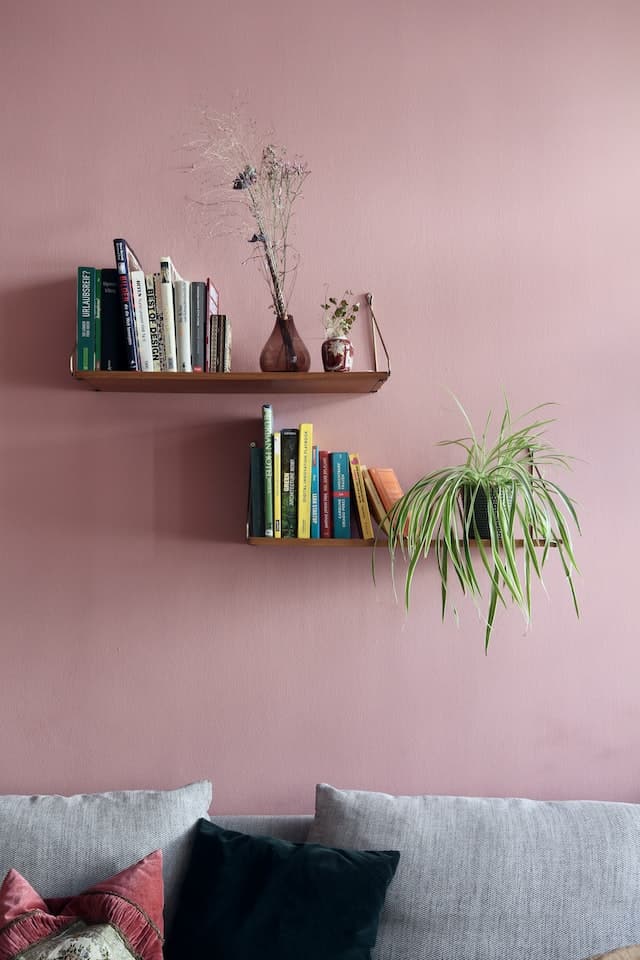
The Spider Plant is a classic choice for indoor gardening, known for its lovely foliage and charming baby “spiders” that dangle from long stems. They flourish in low light and can adapt to different environments. With a light watering schedule, Spider Plants also have air-purifying abilities, making them a great addition to any room.
Dracaena (Dracaena spp.)
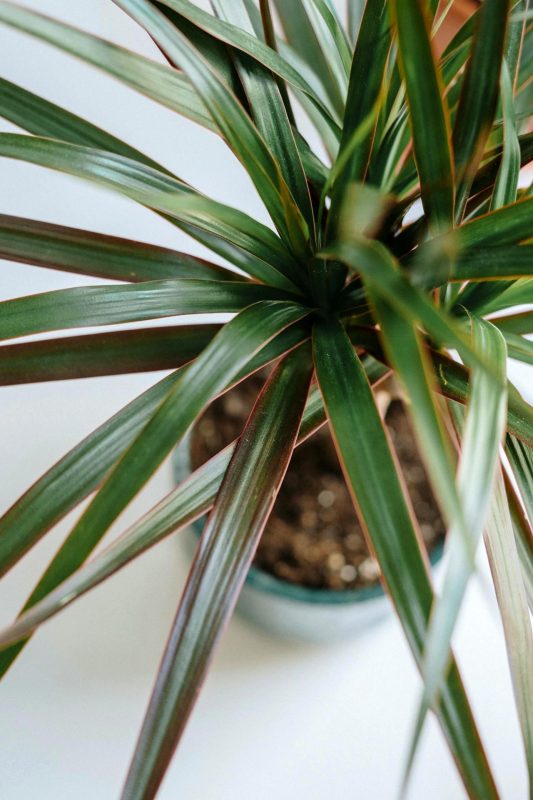
Dracaena plants come in a variety of types, featuring striking foliage designs and heights. The Dracaena Marginata, or Dragon Tree, is particularly popular for its dramatic, spiky leaves. Dracaenas thrive in low light and only need to be watered when the soil dries out. They are very forgiving, making them a great choice for novice plant parents.
Rubber Plant (Ficus elastica)
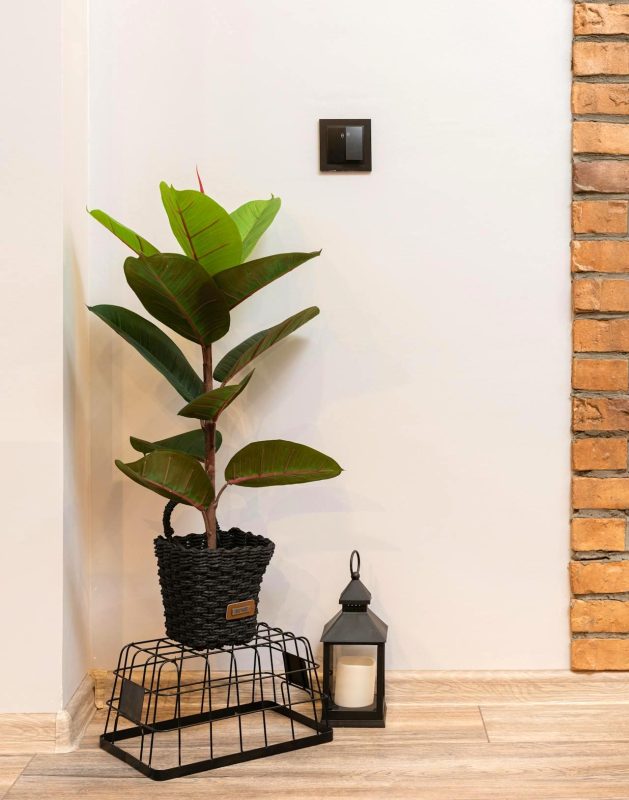 ant is another graceful choice for low-light spaces. Its deep green, glossy leaves create a lush effect, while its upright growth adds height to your indoor garden. Rubber plants prefer indirect light but can tolerate low-light conditions. Allowing the top inch of soil to dry out before watering ensures that this plant thrives without excess moisture.
ant is another graceful choice for low-light spaces. Its deep green, glossy leaves create a lush effect, while its upright growth adds height to your indoor garden. Rubber plants prefer indirect light but can tolerate low-light conditions. Allowing the top inch of soil to dry out before watering ensures that this plant thrives without excess moisture.
Boston Fern (Nephrolepis exaltata)
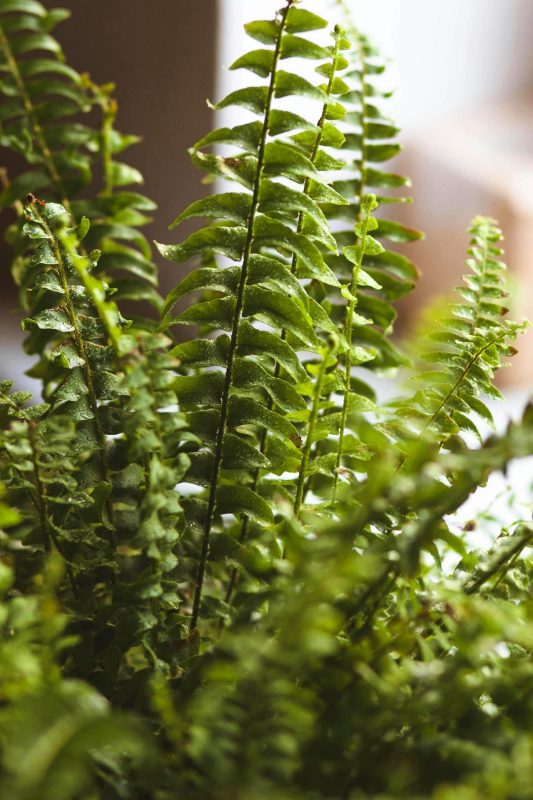
Boston Ferns are beautiful foliage plants that add a touch of the tropics to your home. While they prefer a humid environment, they can adapt to lower light. Regular misting helps to keep their fronds lush and green. These ferns do require more humidity, so keeping them in a bathroom or kitchen can enhance their growth while boosting your décor.
Chinese Evergreen (Aglaonema)
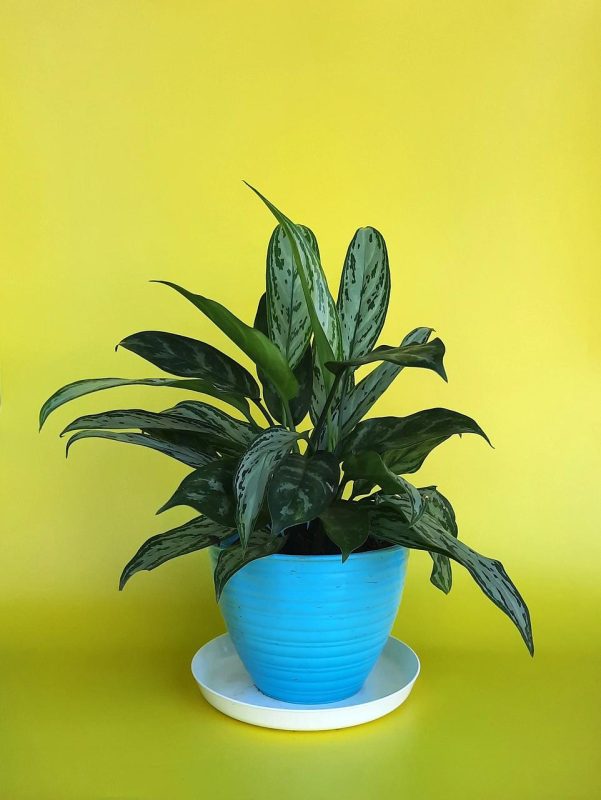
Chinese Evergreen is a fantastic low-light plant with a variety of leaf patterns and colors, from deep greens to striking silvers and reds. This hardy plant is extremely adaptable and requires minimal water. It’s perfect for those looking to add color and life to areas in need of some greenery.
Parlor Palm (Chamaedorea elegans)
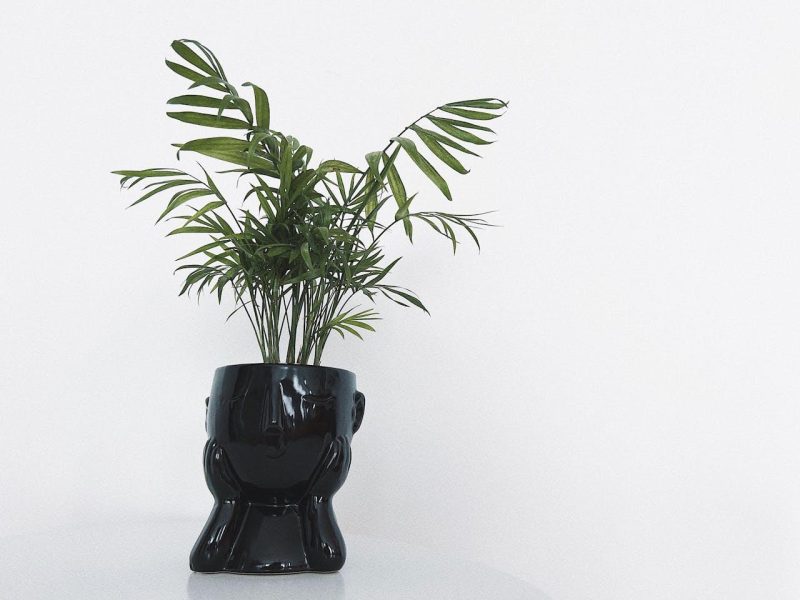
The Parlor Palm is appreciated for its feathery, arching fronds and elegant appearance. It thrives in low light and makes an excellent decorative piece for living rooms or office spaces. Parlor Palms prefer to be kept on the drier side, needing water only when the topsoil is dry.
Philodendron (Philodendron spp.)
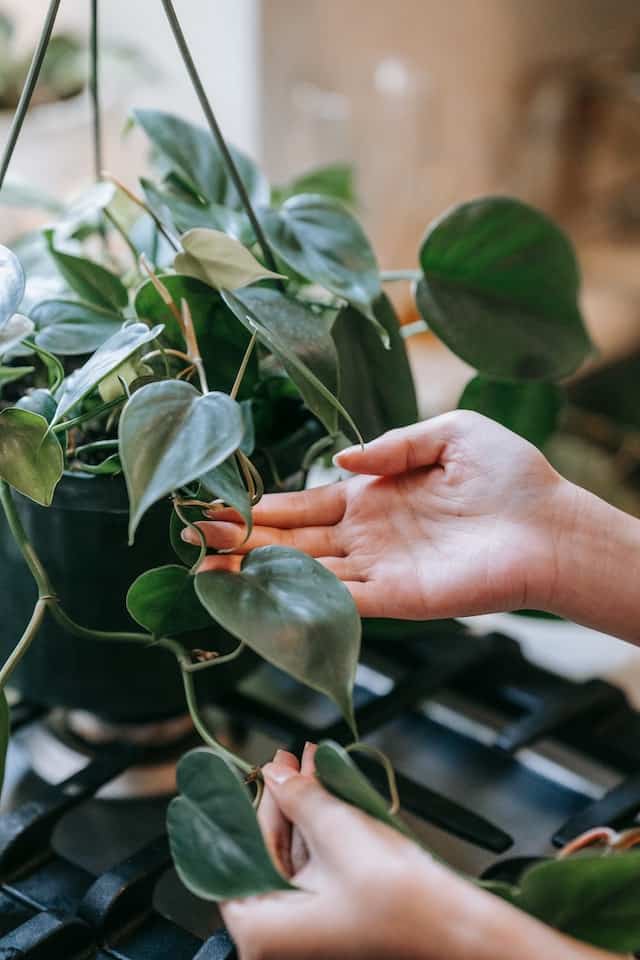
Philodendrons are known for their climbing ability and beautiful leaf shapes. They can easily forgive low light and are relatively carefree, making them perfect for busy plant enthusiasts. With proper drainage and a tame watering schedule, Philodendrons can flourish indoors, climbing up trellises or cascading over shelves.
Lady Palm (Rhapis excelsa)
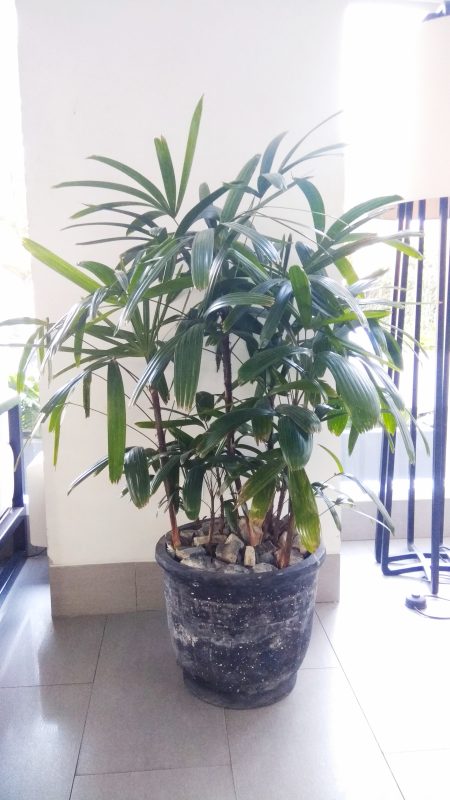
The Lady Palm is a gorgeous addition to any indoor plant collection, recognized for its fan-shaped leaves and graceful appearance. This palm thrives in low light, and its ability to tolerate humidity makes it a popular choice for homes. Lady Palms can grow quite tall, providing a lovely vertical element to your space. Water only when the top inch of soil feels dry to keep it healthy and vibrant.
Nerve Plant (Fittonia)
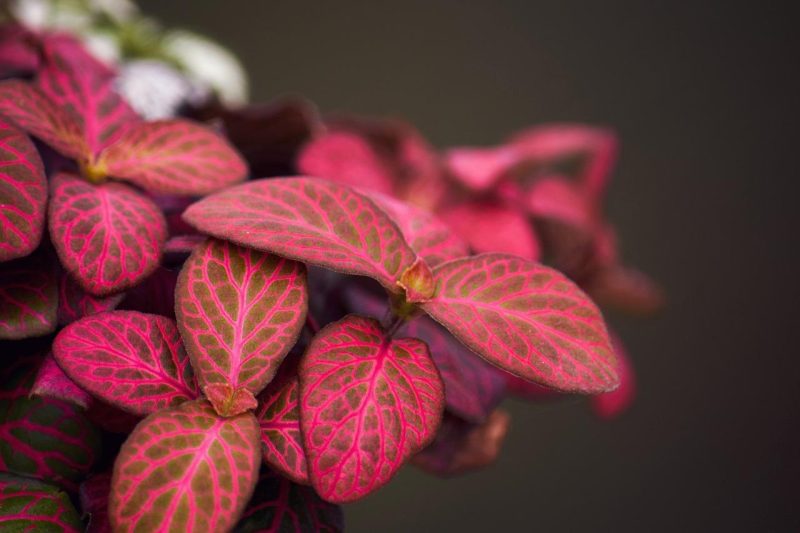
The Nerve Plant is celebrated for its stunning foliage, featuring striking veins in vibrant colors against deep green leaves. While it prefers brighter indirect light, it can still thrive in lower light conditions with a bit more humidity. This plant enjoys consistently moist soil, so it may require more attention than others on this list, but its aesthetic appeal is worth the effort.
Bird’s Nest Fern (Asplenium nidus)
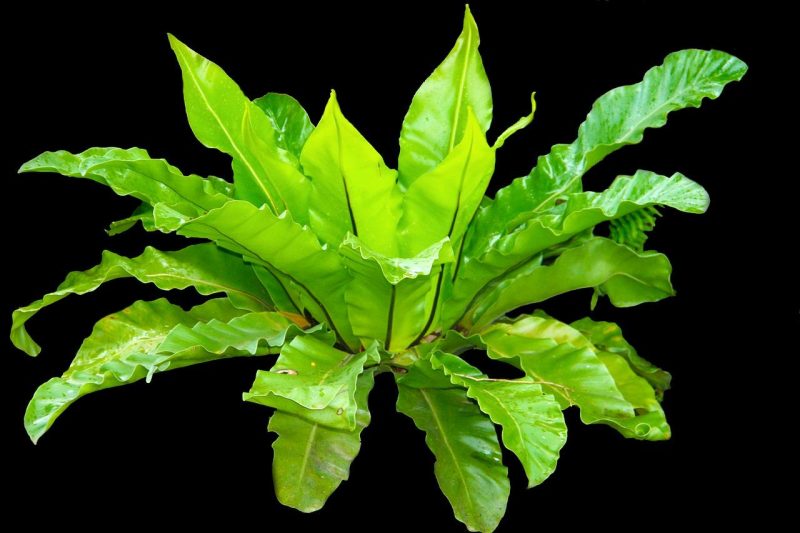
The Bird’s Nest Fern is characterized by its wavy, bright green fronds that form a rosette shape, resembling a nest. This charming fern thrives in low light and prefers higher humidity, making it a great choice for kitchens or bathrooms. Water when the top inch of soil feels dry and avoid excess moisture at the base of the leaves to prevent rot.
African Violet (Saintpaulia)
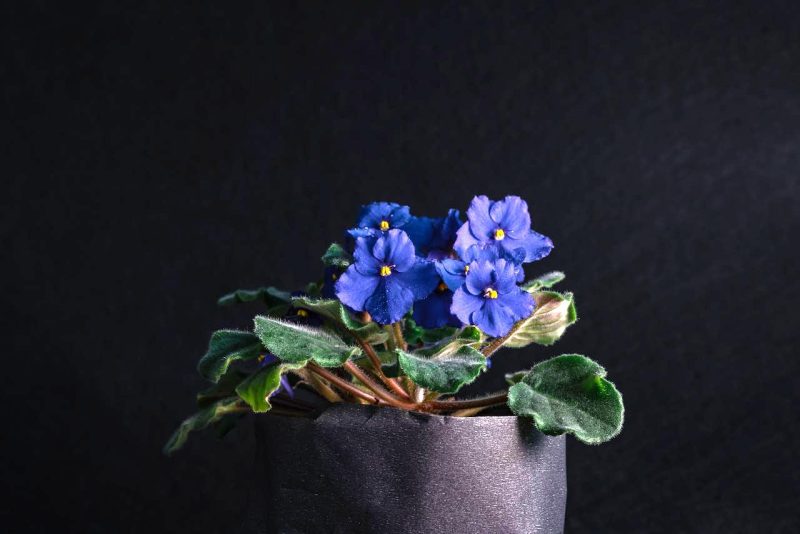
While African Violets are often celebrated for their charming blooms, they can also adapt to lower light conditions. These compact plants have beautiful, velvety leaves and produce vibrant purple, blue, or white flowers. They do require a bit more care when it comes to watering, preferring to be watered from below to avoid leaf spot. Position them in bright, indirect light for optimal blooming throughout the year.
Philodendron Brasil (Philodendron hederaceum)
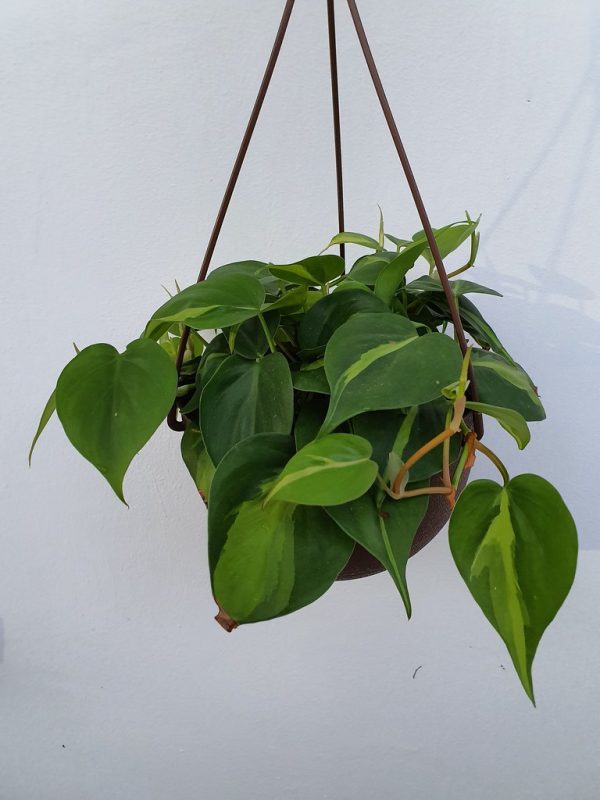
Philodendron Brasil is a stunning variant of the standard Philodendron, showcasing heart-shaped leaves with vibrant yellow and green variegation. Easy to care for, it thrives in low-light situations and can grow as a trailing or climbing plant. Water only when the top layer of soil is dry, and this beauty will reward you with luscious growth and vivid foliage.
Hoyas (Hoya spp.)
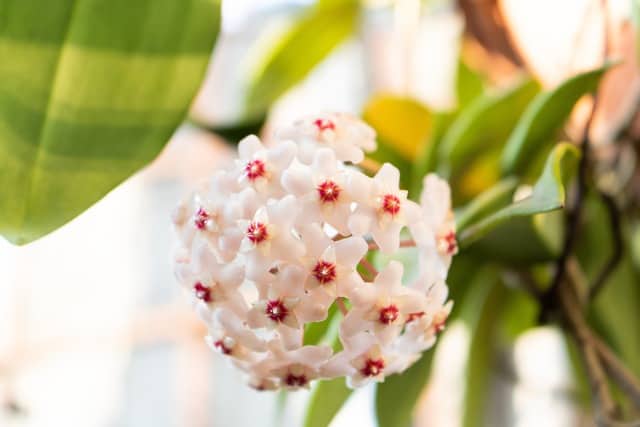
Hoyas, sometimes referred to as wax plants for their glossy leaves and star-shaped flowers, thrive in low light. These climbing or trailing plants are engaging options that provide a beautiful, lush look. While they prefer brighter light for blooming, many Hoyas can still survive in shadier spots with little fuss, making them flexible houseplants. Water when the topsoil is dry, and you may be rewarded with fragrant flowers.
Chinese Money Plant (Pilea peperomioides)
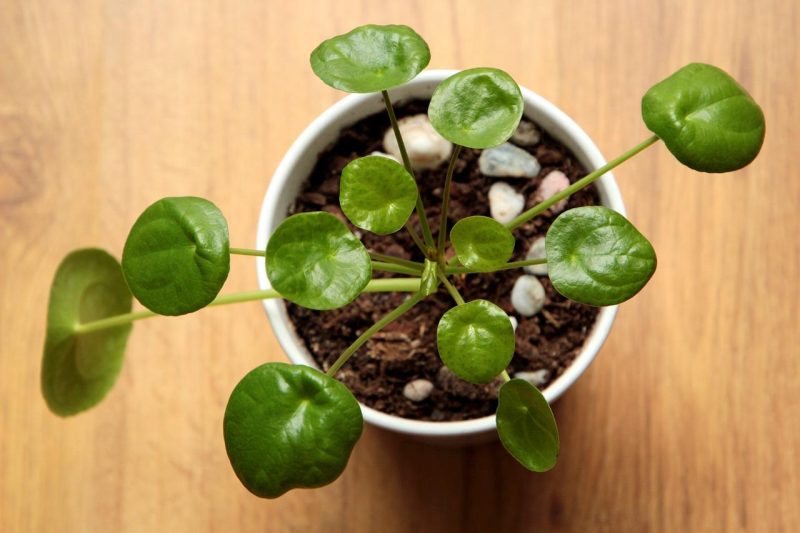
The Chinese Money Plant, with its round, coin-shaped leaves, is said to bring good fortune and positive vibes. This delightful plant does well in lower light and is loved for its unique appearance. Make sure to allow the soil to dry out slightly between watering to ensure the health of this charming plant.
Conclusion
Incorporating low light indoor plants into your space can significantly enhance its ambiance while improving air quality. Each of the plants listed has unique characteristics and care requirements, but they all thrive under less-than-ideal lighting conditions. Whether you’re new to indoor gardening or looking to add more greenery to your home, these plants offer excellent options to revitalize your living space effortlessly.


